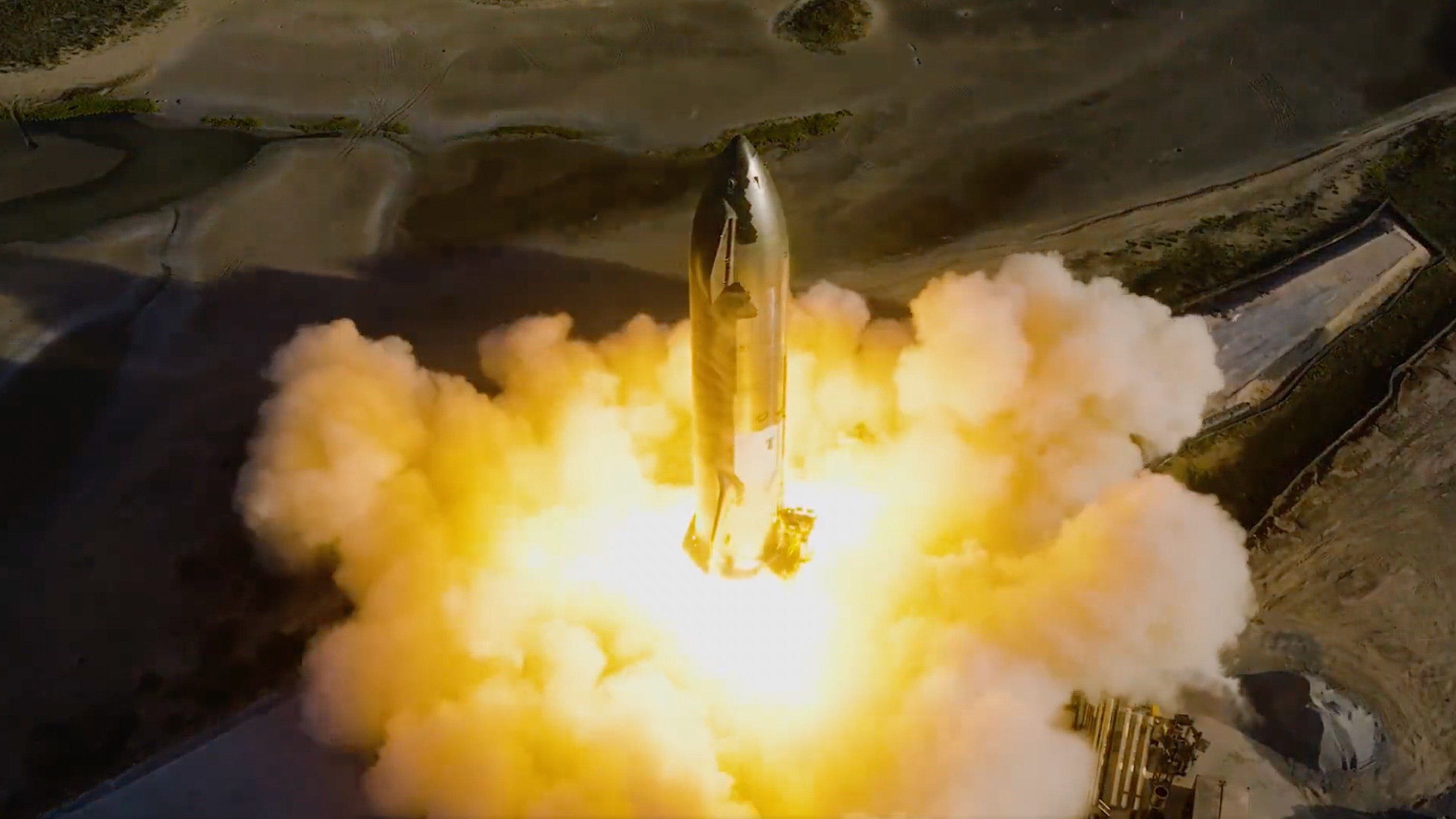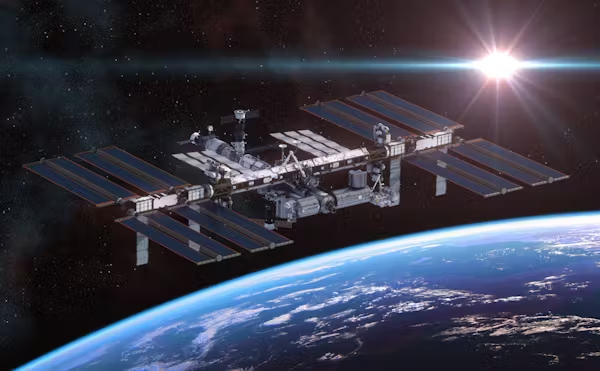
Heating and cooling space habitats isn’t easy – one engineering team is developing a lighter, more efficient solution
It’s hard to keep a spacecraft cool, but ongoing research on the International Space Station might yield a solution.

China, India and the U.S. have all achieved landing on the Moon in the 2020s.
Once there, their eventual goal is to set up a base. But a successful base – along with the spacecraft that will carry people to it – must be habitable for humans. And a big part of creating a habitable base is making sure the heating and cooling systems work.
That’s especially true because the ambient temperature of potential places for a base can vary widely. Lunar equatorial temperatures can range from minus 208 to 250 degrees Farenheit (minus 130 to 120 degrees Celsius) – and similarly, from minus 225 F to 70 F (minus 153 C to 20 C) on Mars.
In 2011, the National Academies of Science published a report outlining research in the physical and life sciences that scientists would need to do for the U.S. space program to succeed. The report emphasized the need for research about building heating and cooling systems for structures in space.
Related: New ISS experiment will help develop air conditioning for future space habitats
I’m an engineering professor, and when that report came out, I submitted a research proposal to NASA. I wanted to study something called the liquid-vapor phenomenon. Figuring out the science behind this phenomenon would help with these big questions around keeping structures in space a comfortable and habitable temperature.
Over a decade after we submitted a proposal, my team’s project is now being tested on the International Space Station.
Breaking space news, the latest updates on rocket launches, skywatching events and more!
Going with the ‘flow’
Liquid-vapor systems – or two-phase systems – involve the simultaneous flow of liquid and vapor within a heating or cooling system. While many commercial air conditioners and refrigeration systems on Earth use two-phase systems, most systems used in spacecraft and on the International Space Station are purely liquid systems – or one-phase systems.
In one-phase systems, a liquid coolant moves through the system and absorbs excess heat, which raises the liquid’s temperature. This is similar to the way cars use radiators to cool. Conversely, heated liquid in the system would eject the heat out to the ambient area, lowering the liquid’s temperature to its initial level.
But liquid-vapor systems could transfer heat more effectively than these one-phase systems, and they’re much smaller and lighter than purely liquid systems. When traveling in space, you have to carry everything on the craft with you, so small and light equipment is essential.
There are two key processes that happen in a closed, two-phase liquid-vapor system. In one, the liquid changes to a vapor during a process called “flow boiling.” Just like boiling water on the stove, in flow boiling the liquid heats up and evaporates.
In systems used in space, the two-phase mixture passes through heat exchange components that transfer the heat generated from electronics, power devices and more into the mixture. This gradually increases the amount of vapor produced as the system absorbs heat and converts liquid to vapor.
Then, there’s flow condensation, in which the vapor cools and returns to a liquid. During flow condensation, heat leaves the system by radiating out into space.
Scientists control these two processes in a closed loop so they can extract and use the heat that’s released during condensation. In the future, this technology could be used to control temperature in spacecraft going to the Moon, Mars or beyond, or even in settlements or habitats on the lunar and Martian surfaces.
Building and testing
With the grant from NASA to do this work, I designed an experimental program called the “Flow Boiling and Condensation Experiment.” My team built a fluid management system for the experiment and two test modules: one that helped us test flow boiling and one that helped us test flow condensation.
Right now, the equipment used for heating and cooling in space was designed based on experiments in Earth’s gravity. Our flow boiling and condensation experiment seeks to change that.
First, we tested whether the system and modules we built worked when subjected to Earth’s gravity. Once we learned they did, we sent them up in a parabolic flight aircraft. This craft simulated reduced gravity so we could get an idea of how the system performed in an environment similar to that of space.
In August 2021 we completed the flow boiling module and launched it to the International Space Station for testing in zero gravity. By July 2022 we’d completed the boiling experiments. In August 2023 the flow condensation module followed, and we’ll start working on the final condensation tests soon.
Responding to reduced gravity
Liquid-vapor flow systems are far more sensitive to gravity than the purely liquid systems used now, so it’s harder to design ones that work under reduced gravity.
The mechanism behind these systems has to do with the motion of liquid relative to the vapor, and what that motion looks like depends on a concept called buoyancy.
Buoyancy is determined by gravity as well as the density difference between liquid and vapor. So any change in gravity affects the system’s buoyancy, and thus the movement of the vapor relative to the liquid.
In space, there are also different strengths of gravity that the systems might need to operate under. Space vehicles experience microgravity – near weightlessness – while a lunar habitat would operate under gravity conditions about one-sixth the strength of Earth’s gravity, and a Martian habitat would be operating under gravity three-eighths the strength of Earth’s gravity.
Our team is working on designing flow boiling and condensation models that can work under all these levels of reduced gravity.
Applications for space habitats
This equipment could one day go into a human habitat on the Moon or Mars, where it would help maintain comfortable temperatures for people and machinery inside. A heat pump using our flow boiling and flow condensation systems could extract the heat that astronauts and their machines give off. It would then send this collected heat out of the habitat to keep the inside cool – similar to the way air conditioners on Earth work.
The temperatures in space can be extreme and hostile to people, but with these technologies, my team might one day help create craft and habitats that allow people to explore the Moon and beyond.
This article is republished from The Conversation under a Creative Commons license. Read the original article.
The views expressed are those of the author and do not necessarily reflect the views of the publisher.
Join our Space Forums to keep talking space on the latest missions, night sky and more! And if you have a news tip, correction or comment, let us know at: community@space.com.

Dr. Mudawar's research interests lie in boiling, condensation, two-phase flow, high heat flux, thermal management systems, cryogenic systems, space vehicles, Lunar and Martian environments, microgravity, experiments on International Space Station and electronic cooling.

